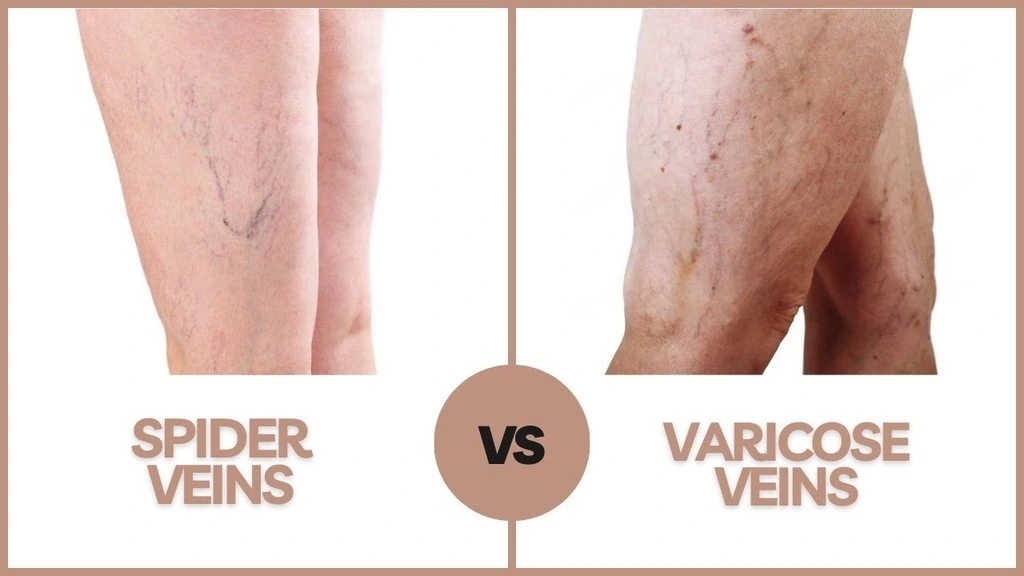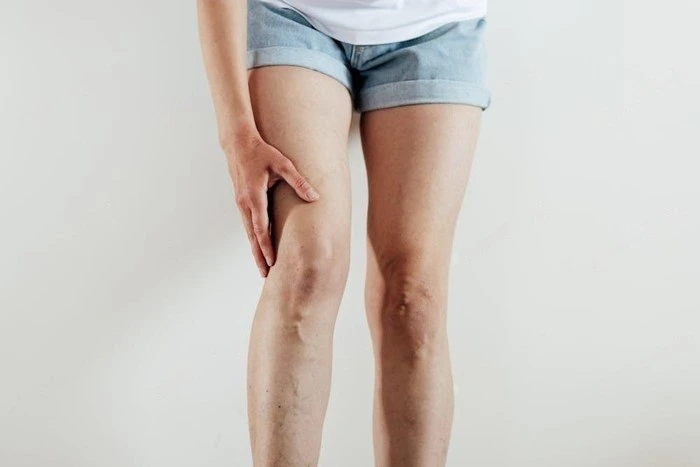
Spider veins are close to the surface of the skin, while varicose veins are deeper. Varicose veins can sometimes cause discomfort like pain or heaviness in the legs. At MyownSpade we assist, many adults who have spider veins or varicose veins, especially as they get older. They can make some people feel self-conscious about their legs. It’s essential to know that treatments are available to help make veins less visible or to relieve discomfort.
Causes & Risk Factors - Spider Veins vs Varicose Veins

- Genetics: Sometimes, if someone’s family members have spider veins, they might get these varicose vein causes
- Sun Exposure: Spending a lot of time in the sun without protection can weaken the skin and veins, leading to spider veins.

Causes of Varicose Veins
- Age: As people get older, their veins can lose elasticity and become weaker.
- Pregnancy: The pressure from the growing uterus can put extra strain on the veins in the legs.
- Obesity: Carrying extra weight can also put more pressure on the veins.
Risk Factors
What cause varicose veins? Certain factors about spider veins vs varicose veins therapy increase the likelihood of developing spider veins and varicose veins. You can also see our monthly specials to gain a quick idea about the treatments.
- Spider Veins: Family history, prolonged sitting or standing, and hormonal changes.
- Varicose Veins: Family history, age, pregnancy, obesity, and a sedentary lifestyle.

Symptoms - spider veins vs varicose veins:

Spider Veins:
- Appearance: Red, blue, or purple veins that look like spider webs or tree branches.
- Location: Usually found on the legs, face, or chest.
- Discomfort: They may not cause pain but can sometimes be itchy or uncomfortable.
Varicose Veins:
- Appearance: Still wondering what are causes of varicose veins? Veins that are dark blue or purple and appear twisted or bulging under the skin. You’ll also get those vein legs.
- Swelling: Swelling in the legs, especially after prolonged standing.
- Pain: Aching, throbbing, or cramping sensations in the legs.
- Discomfort: Itchy or burning sensations around the affected veins.
Diagnosis:
Physical Examination:
Ultrasound (Duplex Doppler):
These diagnostic methods help healthcare providers determine the type, severity, and underlying cause of spider vein treatment or varicose vein diseases solutions. Based on the diagnosis, appropriate treatment for spider veins options can be recommended to manage symptoms and improve vein health.
Treatment Options
1. Non-invasive Treatments
- Sclerotherapy: A procedure of medical treatment of varicose veins where a solution is injected into the veins, causing them to collapse and fade over time.
- Laser Therapy: Using targeted laser energy to heat and destroy the spider veins, leading to their gradual disappearance.
For varicose veins, non-invasive options may include:
- Compression Stockings: These varicose vein medical treatments help improve circulation and reduce swelling.
- Lifestyle Changes: Incorporating regular exercise, elevating legs when resting, and avoiding prolonged standing or sitting can help greatly for spider veins treatment.
2. Invasive Treatments
- Vein Spider Stripping: Surgical removal of the affected vein varicose treatment through incisions.
- Laser Ablation: Using laser energy to close off the vein.
Prevention: To prevent spider veins and varicose veins:
- Regular Exercise: Promotes healthy circulation and strengthens veins.
- Wearing compression stockings: Supports veins and prevents blood from pooling.
- Maintaining a Healthy Weight: Reduces pressure on veins.
- Avoid long Sitting or Standing: Take breaks and move around frequently.
In Conclusion:
Don’t hesitate to reach out to MyOwnSpade to address any concerns and explore personalized solutions for vein health. Visit our service page for more information and to schedule a consultation.

